
8 minute read
DISCOVERING ELBA, THE FASCINATION OF BIODIVERSITY
from GATEmag n° 30
by GATEmagIta
WITH ITS SEVEN MUNICIPALITIES, THE ISLAND IS HOME TO THE TUSCAN ARCHIPELAGO NATIONAL PARK AND THE CETACEAN SANCTUARY. IT INCLUDES THE CHARM OF BIODIVERSITY IN A VERY SUGGESTIVE TERRITORY, RICH IN HISTORY AND IN STORIES OF PEOPLE.
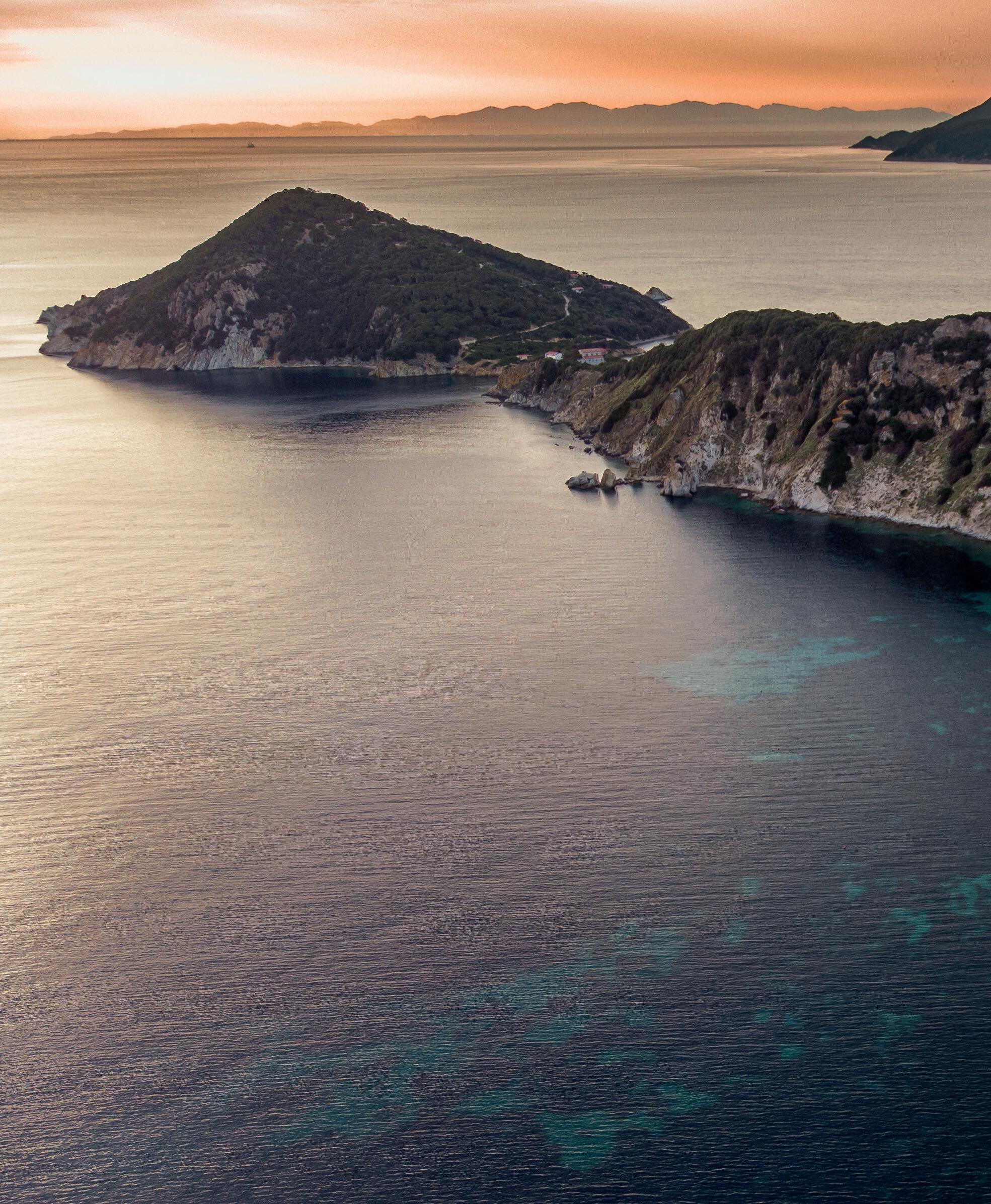

L’unicità del suo territorio è data dalla sua grandissima varietà di ambienti dai quali è possibile scoprire scorci panoramici imprevedibili. Tra i siti panoramici più famosi, il Monte Capanne o il Castello del Volterraio, ma vi sono anche angoli nascosti e sconosciuti tutti da esplorare.
LA STORIA RACCHIUSA IN TORRI E FORTEZZE
Punto strategico nel Mediterraneo per la sua posizione a controllo dei traffici marini e per la sua ricchezza mineraria, l’Elba è sempre stata nelle mire delle più grandi civiltà della storia che, per difendere i loro territori difficilmente conquistati, crearono nell’arco dei secoli moderni avamposti fortificati. Si trovano fortificazioni etrusche, spesso immerse nella macchia mediterranea, torri pisane e appiane, fortezze medicee e spagnole, esempi di inespugnabili architetture all’avanguardia.
I musei più conosciuti all’Elba sono quelli legati all’Esilio di Napoleone Bonaparte: le due residenze Napoleoniche si trovano entrambe a Portoferraio e nella stessa cittadina è possibile visitare il piccolo ma prezioso Museo dei Cimeli Napoleonici e il Teatro dei Vigilanti, sorto da una chiesa sconsacrata che Napoleone stesso volle trasformare in luogo di divertimenti.
SABBIA BIANCA, GHIAIA, SCOGLIERE DI GRANITO E UN MARE CHE NON SI DIMENTICA
Le spiagge all’Elba, oltre 200, sono tutte diverse tra di loro: lunghi arenili di sabbia dorata, piccolissime calette di sassolini, spiagge di sabbia nera, altre di ciottoli bianchissimi, scogliere di granito. Il fondale nella maggior parte delle spiagge digrada velocemente, salvo in quelle di sabbia come Biodola, Marina di Campo, Lacona, Procchio e Fetovaia, dove per circa 30-40 metri dalla battigia si tocca ancora. Tutte le spiagge sono libere o comunque hanno una buona parte di spiaggia libera. In gran parte di esse è possibile praticare molti degli sport acquatici più diffusi.
Sport Outdoor Per Tutti
Sulle montagne, su dolci colline, in acqua: all’Elba è possibile praticare il top degli sport outdoor. Si possono provare gli sport più estremi, come il free climbing o il downhill in bicicletta, il parapendio e il triathlon, o altre attività come le escursioni trekking a piedi o a cavallo, il giro dell’isola in mountain bike, o la corsa in tutte le sue declinazioni e gli sport acquatici come vela, kayak, surf, windsurf, diving e snorkeling. Sono numerosi e diversi tra loro i fondali marini da scoprire, così come le grotte naturali e le riserve marine incontaminate.
TURISMO MINERARIO: #ELBAUNDERGROUND
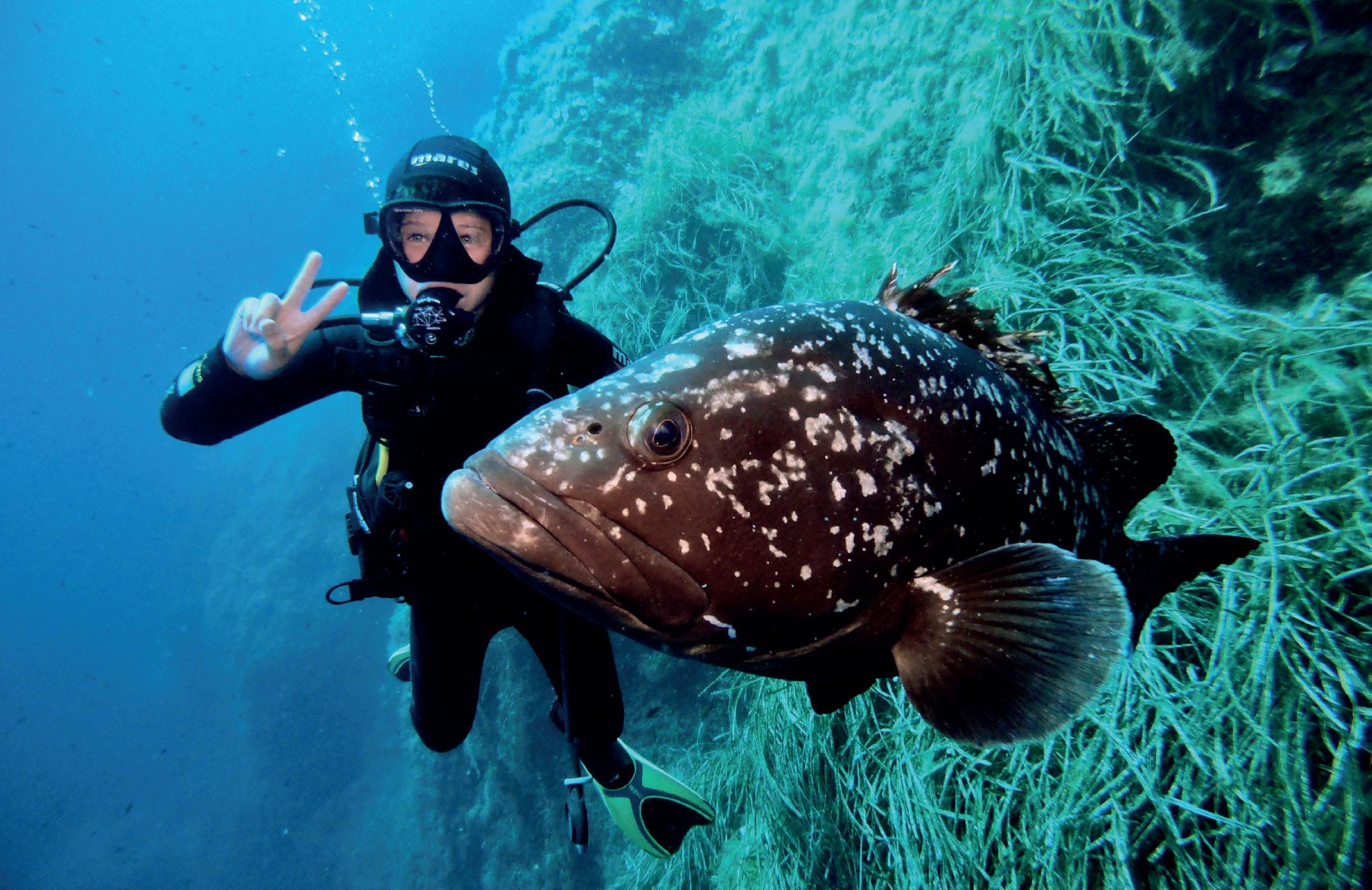
#Elbaunderground è scendere sottoterra alla scoperta di quelli che ancora oggi sono considerati tra i più estesi bacini minerari al mondo, con oltre 200 varietà minerali presenti nella superficie dell’isola e più di un ventesimo di tutti i minerali presenti sulla terra.
Chiuse nel 1981 dopo quasi duemila anni di attività, le miniere ferrose dell’Isola d’Elba oggi sono aperte e visitabili. Il percorso inizia dal Monte Calamita, nella Miniera di magnetite del Ginevro, unica miniera in galleria ancora visitabile sull’isola. Si tratta del giacimento più grande d’Europa ed è considerata una riserva strategica di ferro dallo stato italiano, tanto da essere tutt’ora tutelata per la sua importanza. Altra tappa imperdibile è San Piero, nel lato a ovest dell’Isola, dominato dal granito. Qui, accompagnati da guide esperte in escursioni a contatto con la parte più selvaggia dell’Elba, si può scoprire tutto sull’estrazione e la lavorazione della pietra. Il viaggio si completa con l’esplorazione dei vecchi cantieri di lavoro e dei musei: a Rio marina con
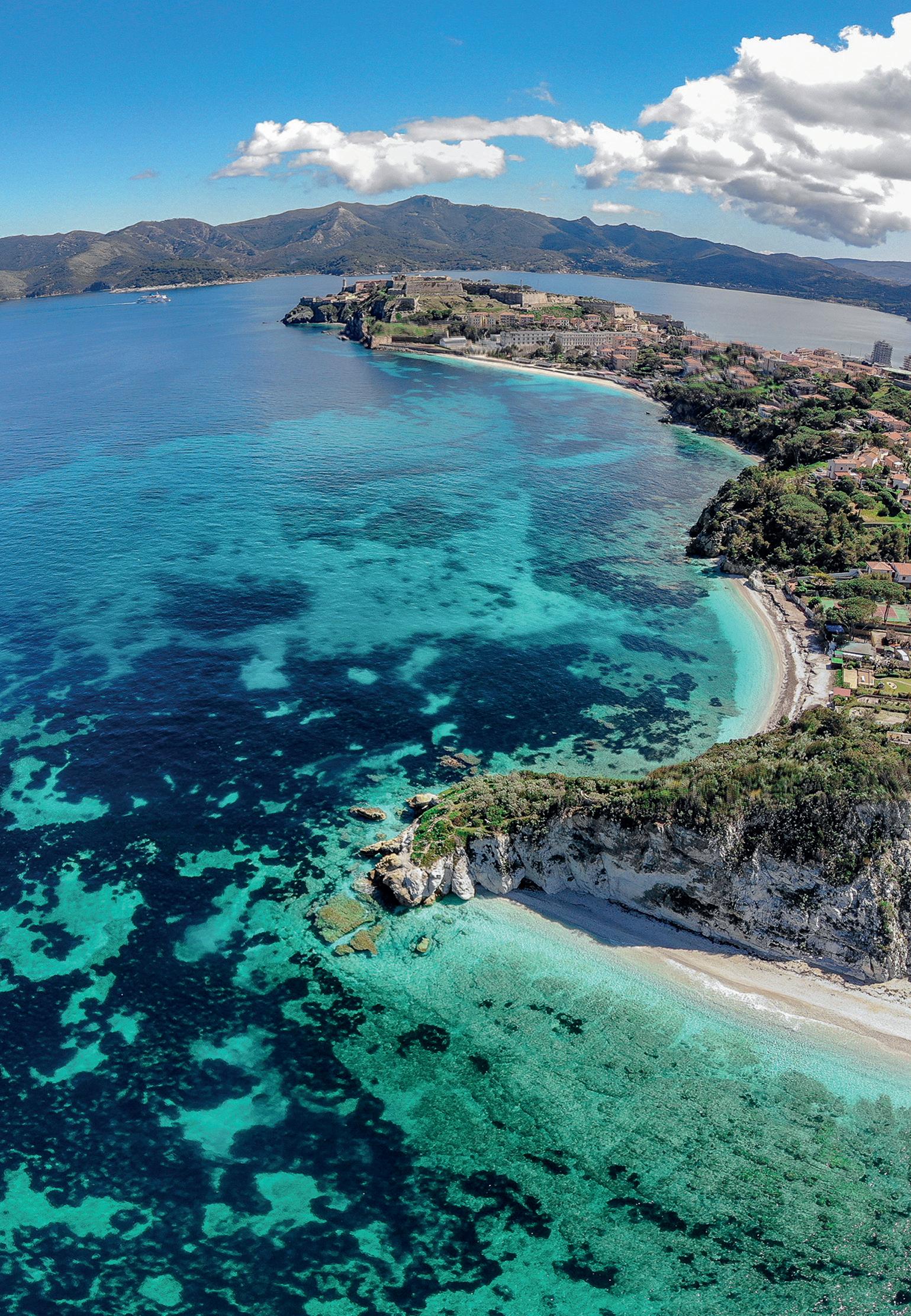
Come Raggiungerla
L’isola dista circa 10 chilometri dalla costa ed è raggiungibile comodamente in un’ora in traghetto e anche più velocemente con l’aliscafo o con moderne navi veloci partendo dal Porto di Piombino. Si può arrivare sull’isola anche in aereo a bordo degli arei Silver Air, partendo da Milano, da Pisa, da Firenze e ora anche da Bologna, atterrando all’aeroporto de La Pila a Marina di Campo.
Maggiori info su: https://visitelba.info il museo mineralogico del Parco Minerario Elbano, le visite guidate alle cave del Bacino e Valle Giove, a Capoliveri con le visite al museo della Vecchia Officina e dei cantieri del Vallone e delle Gallerie del Ginevro, ed infine al MUM, ovvero il museo mineralogico di San Piero per scoprire il meraviglioso mondo del granito.
Enogastronomia E Tipicit
Tra i motivi più validi per visitare l’Elba, spicca la possibilità di gustare i sapori della cucina locale, dove tutto parla di tradizioni culinarie che raccontano una lunga storia di incontri tra popoli, di simbiosi culturali, di scambi di ricette. Anticamente divisa in cucina di montagna e cucina di mare, oggi è possibile gustare le diverse tradizioni nei ristoranti dell’isola; una cucina diversa da quella Toscana, uno scrigno di veri sapori isolani, patrimonio di antica saggezza e di moderna passione per i gusti decisi. Uno dei piatti tipici è il Cacciucco, originario di Livorno, ma personalizzato grazie all’impiego di erbe aromatiche: una zuppa di pesce molto gustosa, con pomodoro, aglio e peperoncino in aggiunta a diversi tipi di pesce “povero” e crostacei. Un’altra zuppa elbana di tradizione antica è la Sburrita, un piatto di origine spagnola molto amato dai lavoratori delle miniere elbane e tipico di Rio Marina, a base di baccalà, aglio, erbe aromatiche e olio d’oliva, servito su fette di pane abbrustolito. Degno di nota anche la Palamita, presidio Slow Food della famiglia degli sgombri e dei tonni, che si presta a innumerevoli preparazioni, come il sugo di Palamita e i filetti sott’olio. Il vero fiore all’occhiello dell’isola è il vino. Qui la coltura della vite ha origini antichissime: i muretti a secco che delimitano i vigneti risalgono a oltre 3000 anni fa. Plinio il Vecchio definì l’Elba insula vini ferax, “l’isola che produce tantissimo vino”, e infatti sui fondali circostanti giacciono numerosi relitti di navi sfortunate, cariche di anfore dirette ai principali porti d’Europa.
EN The uniqueness of this territory is marked by its great variety of environments where you can discover unpredictable panoramic views. Monte Capanne or the Castello del Volterraio are among the most famous panoramic sites, but there are also hidden and unknown corners to be explored.
History Enclosed In Towers And Fortresses
A strategic point in the Mediterranea, Elba has always
How To Reach It
The island is about 10 kilometers from the coast and can be reached comfortably in an hour by ferry and even faster by hydrofoil or modern fast ships leaving from the Port of Piombino. The island can also be reached by plane on board Silver Air aircraft, starting from Milan, Pisa, Florence and now also from Bologna, landing at La Pila airport in Marina di Campo
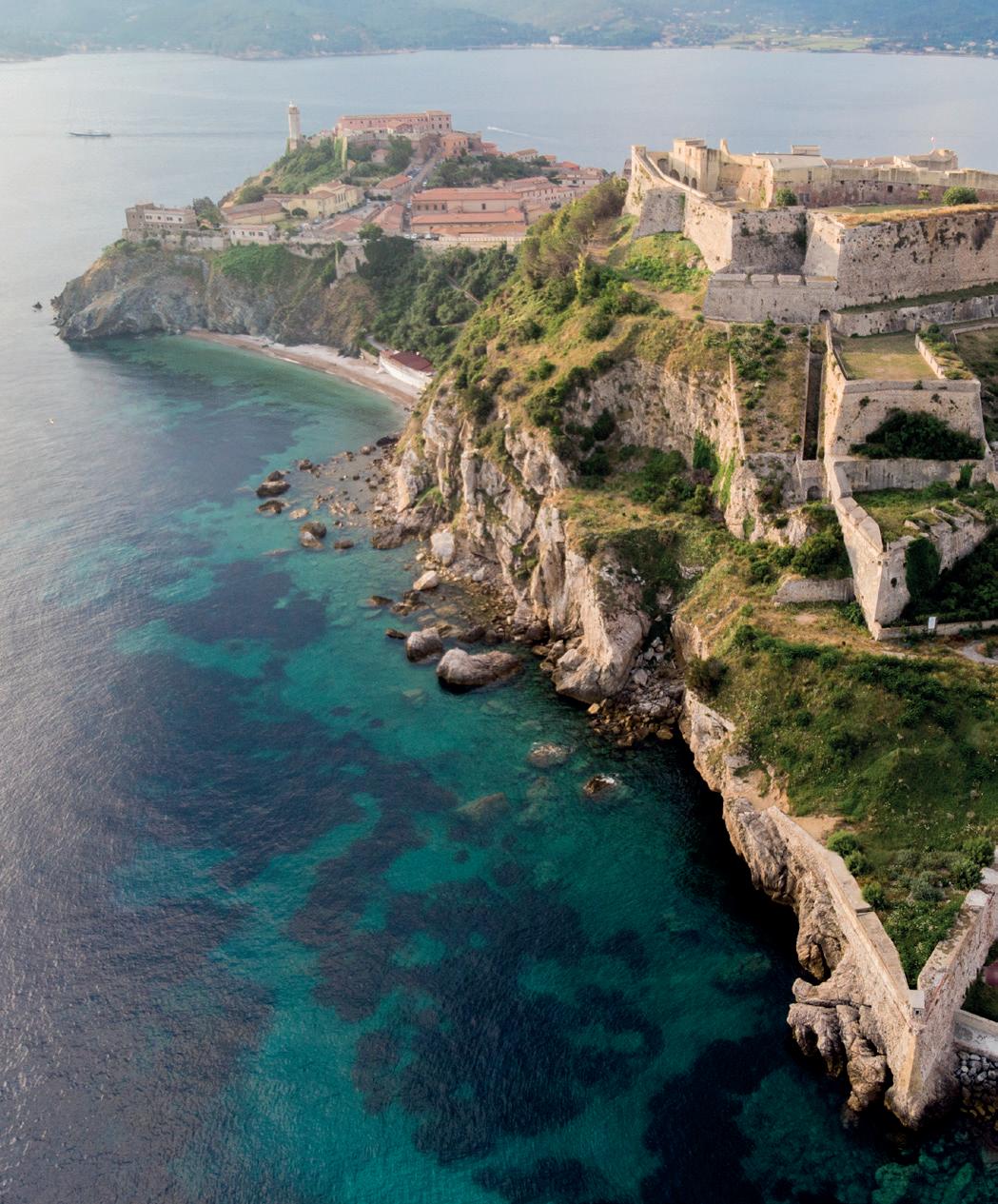
More info on: https://visitelba.info been in sight of the greatest civilizations in history due to its position to control marine traffic and its mineral wealth which in order to defend their territories were difficult to conquer, and created modern fortified outposts over the centuries. There are Etruscan fortifications, often immersed in the Mediterranean maquis, Pisan and Appian towers, Medici and Spanish fortresses that are examples of impregnable avant-garde architecture.
The best known museums on Elba are those linked to the Exile of Napoleon Bonaparte: the two Napoleonic residences are both located in Portoferraio where you can visit the small but precious Museum of Napoleonic Memorabilia and the Vigilanti Theater built from a deconsecrated church that Napoleon himself wanted to transform into a place of entertainment.
WHITE SAND, GRAVEL, GRANITE CLIFFS AND A SEA THAT YOU WILL NOT FORGET
The over 200 beaches on Elba are all different from each other: long stretches of golden sand, very small pebble coves, black sand beaches, others with very white pebbles, and granite cliffs. The seabed in most of the beaches slopes down quickly, except in the sandy ones such as Biodola, Marina di Campo, Lacona, Procchio and Fetovaia, where it touches the shoreline for about 30-40 meters. All the beaches are free or have a good part of free beach. In most of them you can practice many of the most popular water sports.

Outdoor Sports For Everyone
On the mountains, on gentle hills, in the water: on Elba it is possible to practice the best outdoor sports. You can try extreme sports such as free climbing or downhill cycling, paragliding and triathlon, or other activities such as trekking excursions on foot or on horseback, mountain biking around the island, or running in all its declinations, and water sports such as sailing, kayaking, surfing, windsurfing, diving and snorkeling. There are many different seabeds to discover, as well as natural caves and pristine marine reserves.
MINING TOURISM: #ELBAUNDERGROUND
#Elbaunderground means going underground to discover what are still considered among the largest mineral basins in the world today, with over 200 mineral varieties present on the surface of the island and more than twentieth of all the minerals present on earth. Closed in 1981 after almost two thousand years of activity, the iron mines of the Island of Elba are now open and can be visited. The route starts from Monte Calamita, in the Ginevro magnetite mine, the only gallery mine that can still be visited on the island. It is the largest deposit in Europe and is considered a strategic reserve of iron by the Italian state, so much so that it is still protected due to its importance.
Another unmissable stop is San Piero, on the west side of the island, dominated by granite. Here, accompanied by expert guides on excursions in contact with the wildest part of Elba, you can find out everything about the ex- traction and processing of stone. The journey is completed with an exploration of the old work sites and museums: in Rio Marina with the mineralogical museum of the Elbano Mining Park, guided visits to the quarries of the Bacino and Valle Giove, in Capoliveri with visits to the museum of the Old Workshop and the construction sites of Vallone and Gallerie del Ginevro, and finally at the MUM, or the Mineralogical Museum of San Piero to discover the wonderful world of granite.
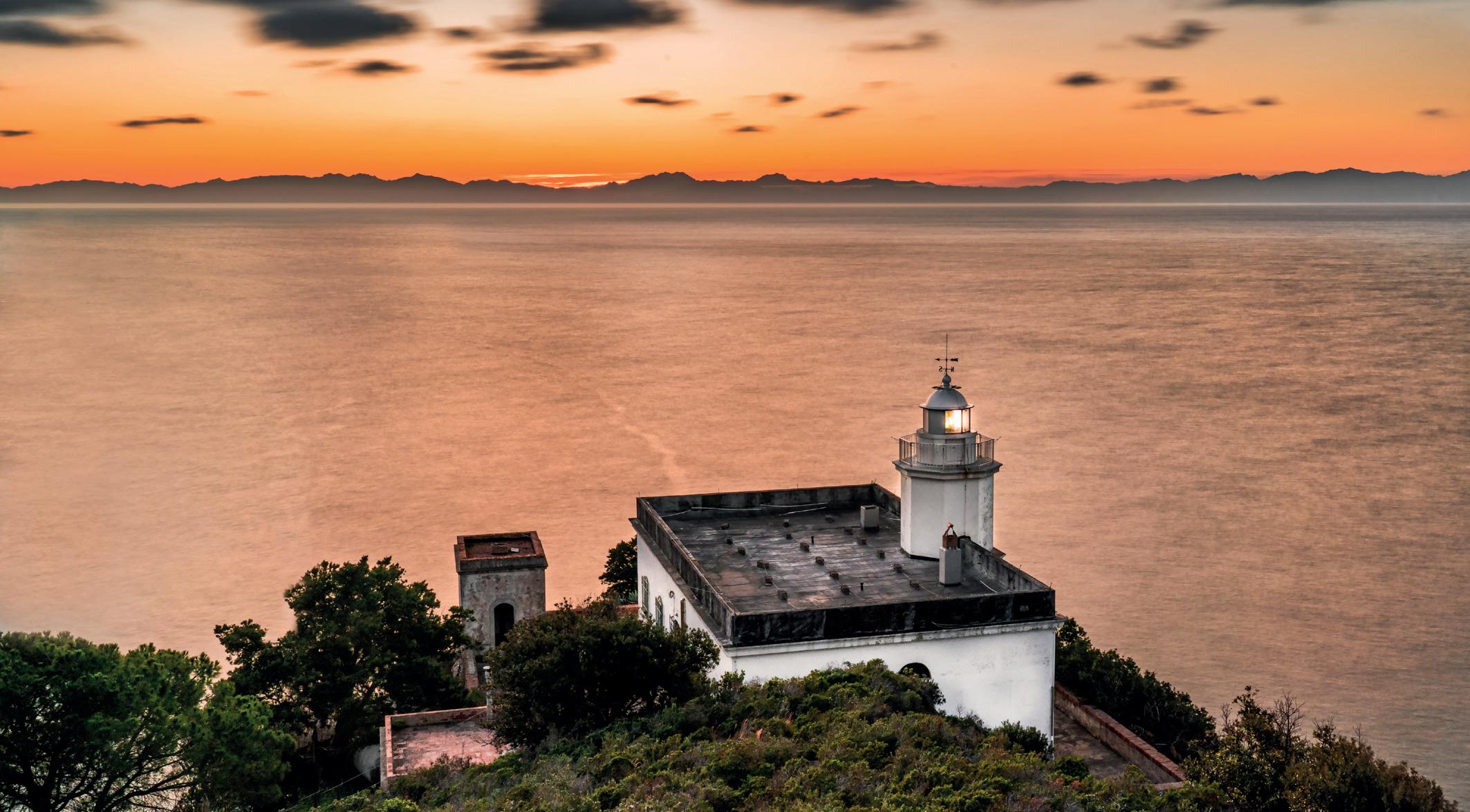
FOOD, WINE AND TYPICALITY
Among the most valid reasons for visiting Elba, the possibility of tasting the flavors of the local cuisine stands out, where everything speaks of culinary traditions that tell a long story of encounters between peoples, of cultural symbiosis and of exchanges of recipes. Formerly divided into mountain cuisine and seafood cuisine, today it is possible to taste the different traditions in the island’s restaurants; a cuisine different from that of Tuscany. A casket of true island flavours, a heritage of ancient wisdom and a modern passion for decisive flavours.One of the typical dishes is the Cacciucco, originally from Livorno, but personalized thanks to the use of aromatic herbs: a very tasty fish soup, with tomato, garlic and chilli pepper in addition to different types of “poor” fish and shellfish. Another Elba soup of ancient tradition is the Sburrita, a dish of Spanish origin much loved by the workers of the Elba mines and typical of Rio Marina, made with cod, garlic, aromatic herbs and olive oil, served on slices of toasted bread. Also noteworthy is the bonito, a Slow Food presidium of the mackerel and tuna family, which lends itself to countless preparations, such as bonito sauce and fillets in oil. The real highlight of the island is the wine. Here the cultivation of vines has very ancient origins: the dry stone walls that delimit the vineyards date back to over 3000 years ago. Pliny the Elder defined Elba as insula vini ferax, “the island that produces a lot of wine”, and in fact on the surrounding seabed lie numerous wrecks of unfortunate ships, loaded with amphorae bound for the main ports of Europe.










